Every dish tells a story.
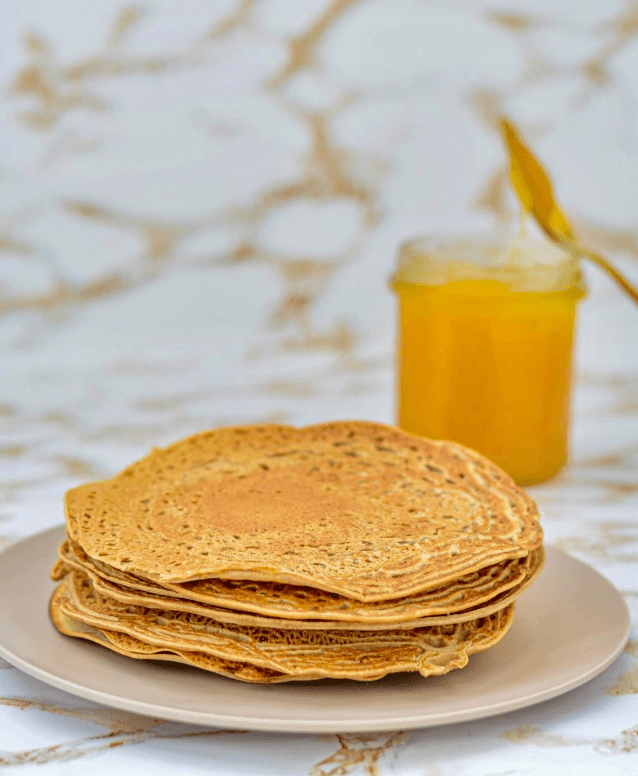
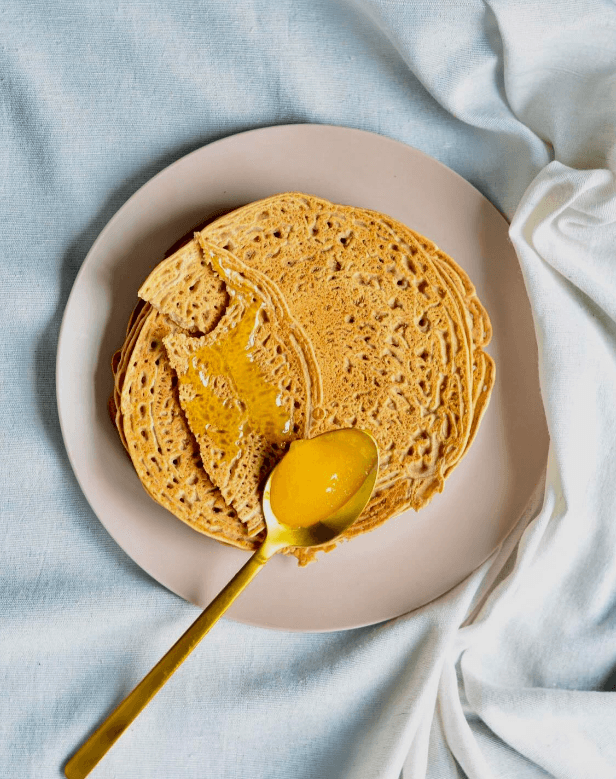
Khur-Le
Buckwheat Pancakes
These traditional Bhutanese buckwheat pancakes make the perfect breakfast or snack. They can be enjoyed as either savoury or sweet pancakes. In Bhutan, they are served at breakfast with eggs or used as a side dish (flatbread).
Ema datshi
Chilli Cheese Stew
Ema Datshi, also known as Bhutan’s national dish, literally means “chilli and cheese.” It is a super delicious and spicy stew made with chillies, onions, and local Bhutanese cheese, which has a texture similar to ricotta. This dish is typically served with Tingmo, a soft steamed bun that makes it even more irresistible.
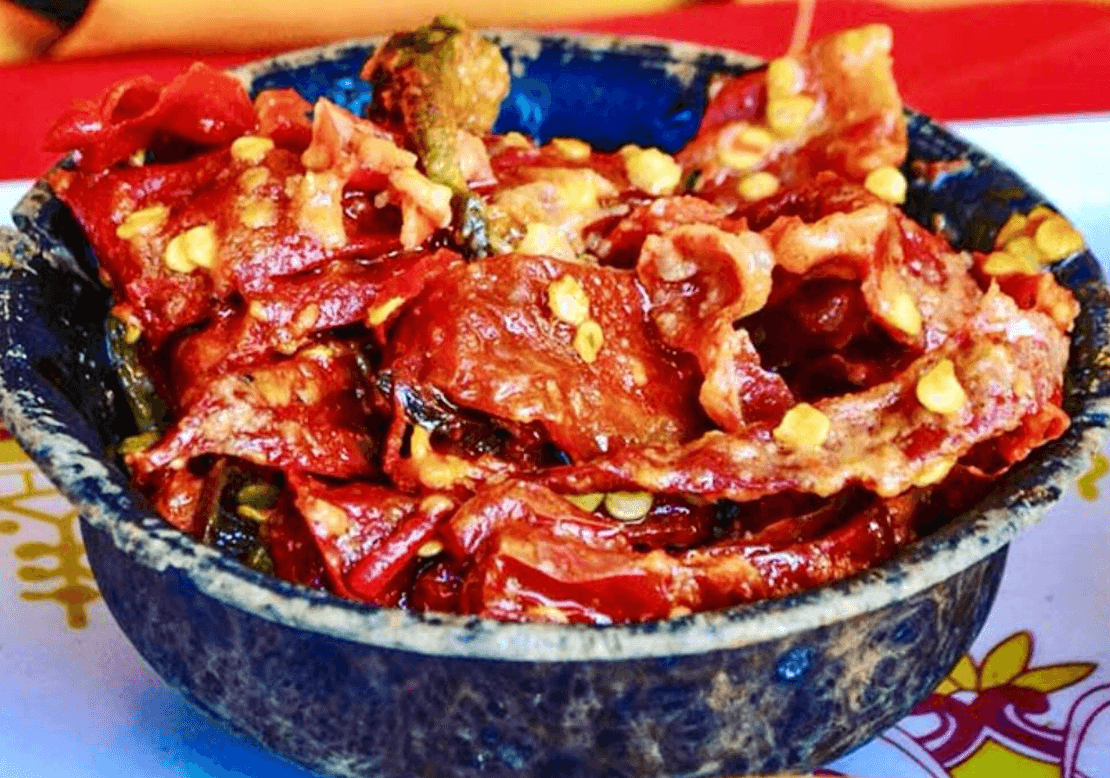
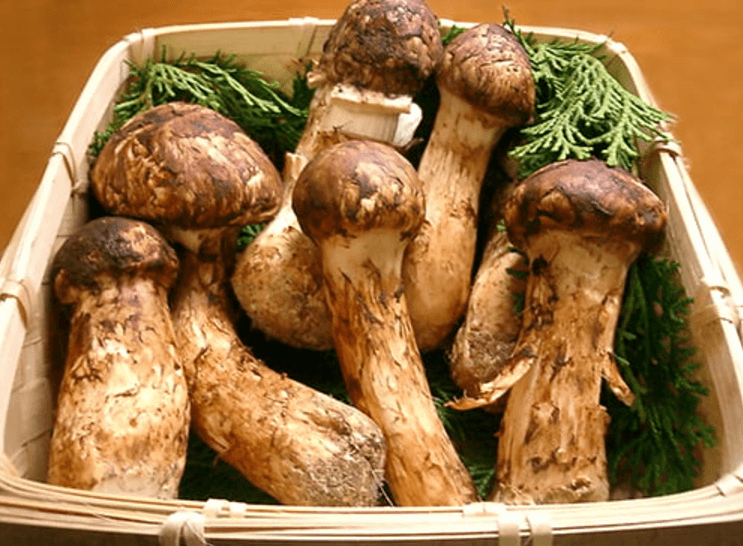
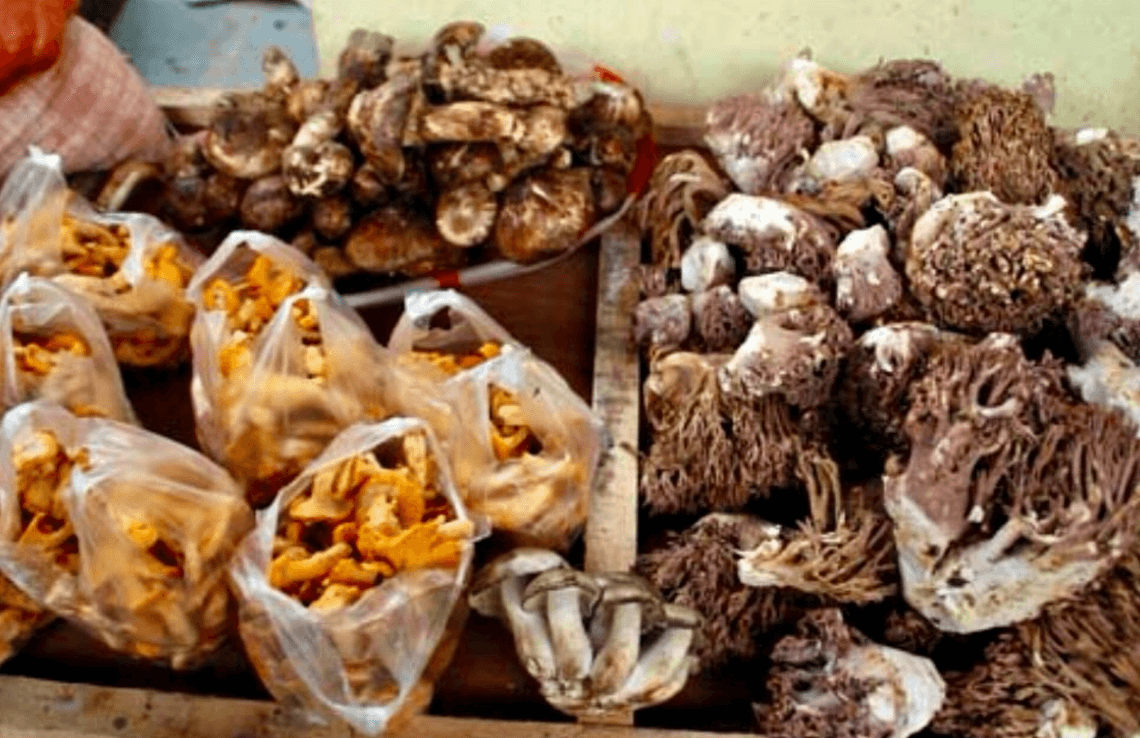
Sangay Shamu
matsutake mushroom
The matsutake mushroom, locally known as Sangay Shamu in Bhutan, is a prized delicacy and a symbol of natural abundance in the country’s pristine forests. Found in the temperate regions of Bhutan, particularly in areas like Bumthang and Paro, these mushrooms thrive in the wild, growing beneath pine trees in undisturbed ecosystems.
Matsutake mushrooms are highly valued for their unique aroma and earthy flavor. Dishes made with these mushrooms celebrate their delicate texture and distinctive umami taste.
Yue chum
red rice
Grown in the fertile valleys of the Paro region, Bhutanese red rice is a unique variety of semi-milled rice that retains its reddish-brown outer layer, giving it its characteristic color and nutty flavor.
In Bhutan, red rice is a staple of nearly every meal. Its ability to absorb flavors makes it an ideal base for stews and curries. Often steamed to preserve its natural taste, it is a must-have during traditional feasts and celebrations.
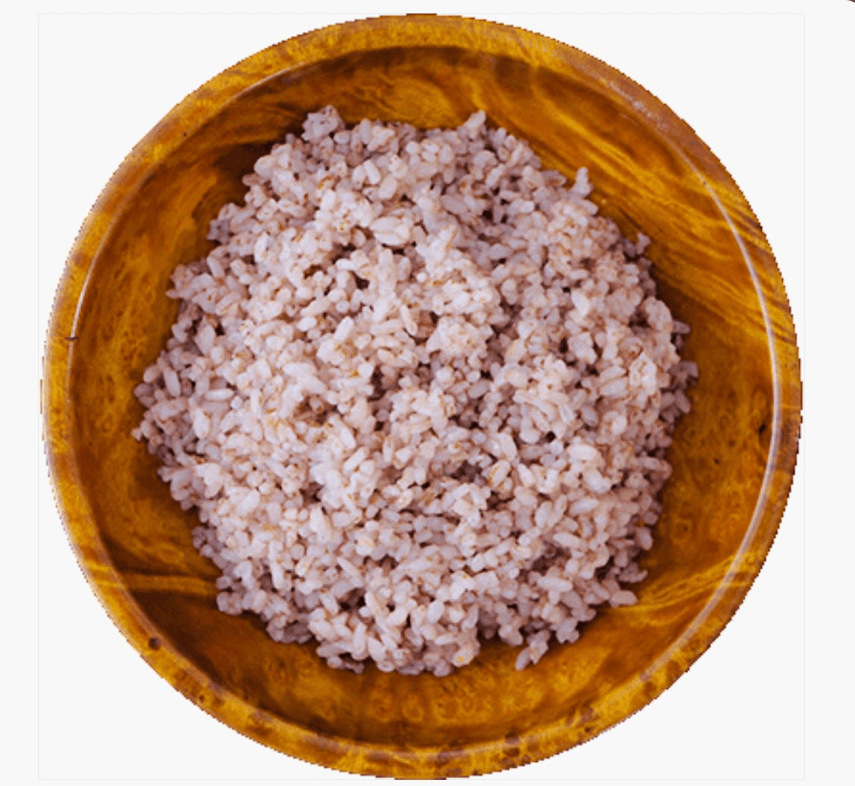
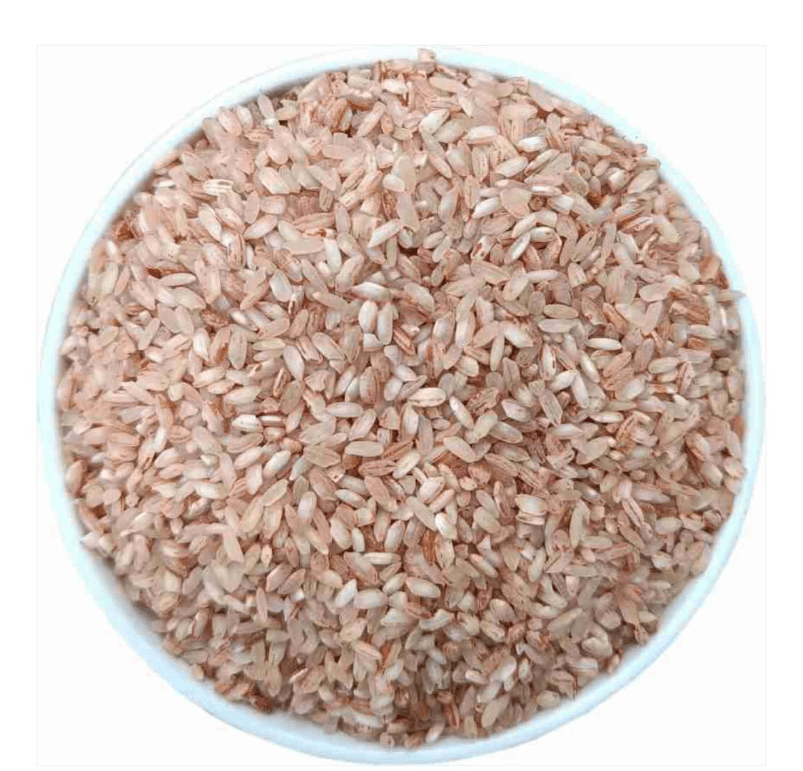
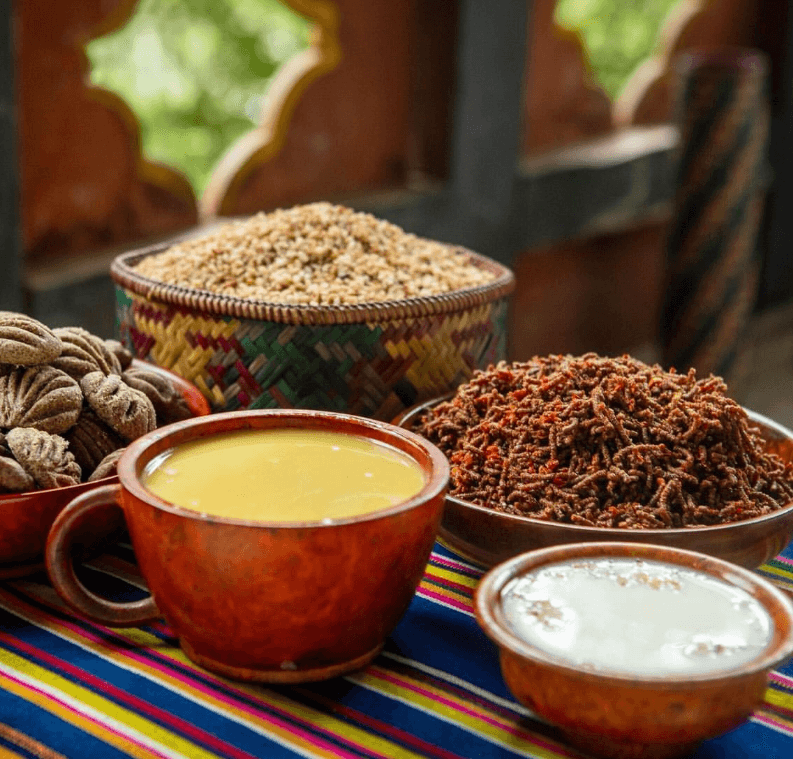
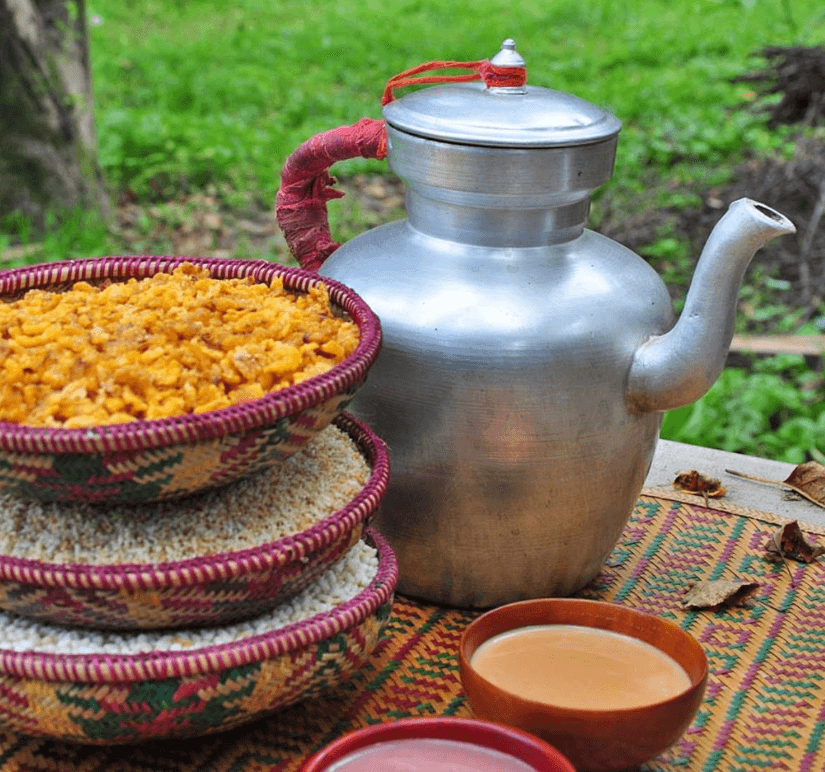
suja
butter tea
Suja, Bhutanese butter tea, is a traditional beverage that holds deep cultural significance in Bhutan, especially among the Bhutanese people living in rural and high-altitude areas. This tea is a staple in daily life, particularly in colder regions, as it provides warmth, energy, and nourishment in a challenging environment.
. Whether enjoyed in a traditional Bhutanese home or through modern twists, Suja offers a unique taste of Bhutan’s essence, warming both the body and heart. When you sip Suja, you are not just having tea but taking part in a centuries-old tradition that continues to thrive in the Himalayas.
zaw
puffed rice
Zaw is a traditional Bhutanese snack made from puffed or roasted rice, often enjoyed with butter tea (Suja). Light and crispy, it is a staple in Bhutanese households and holds cultural significance, frequently used in rituals and as an offering during religious ceremonies. Simple yet meaningful, Zaw symbolizes prosperity and hospitality in Bhutanese culture.
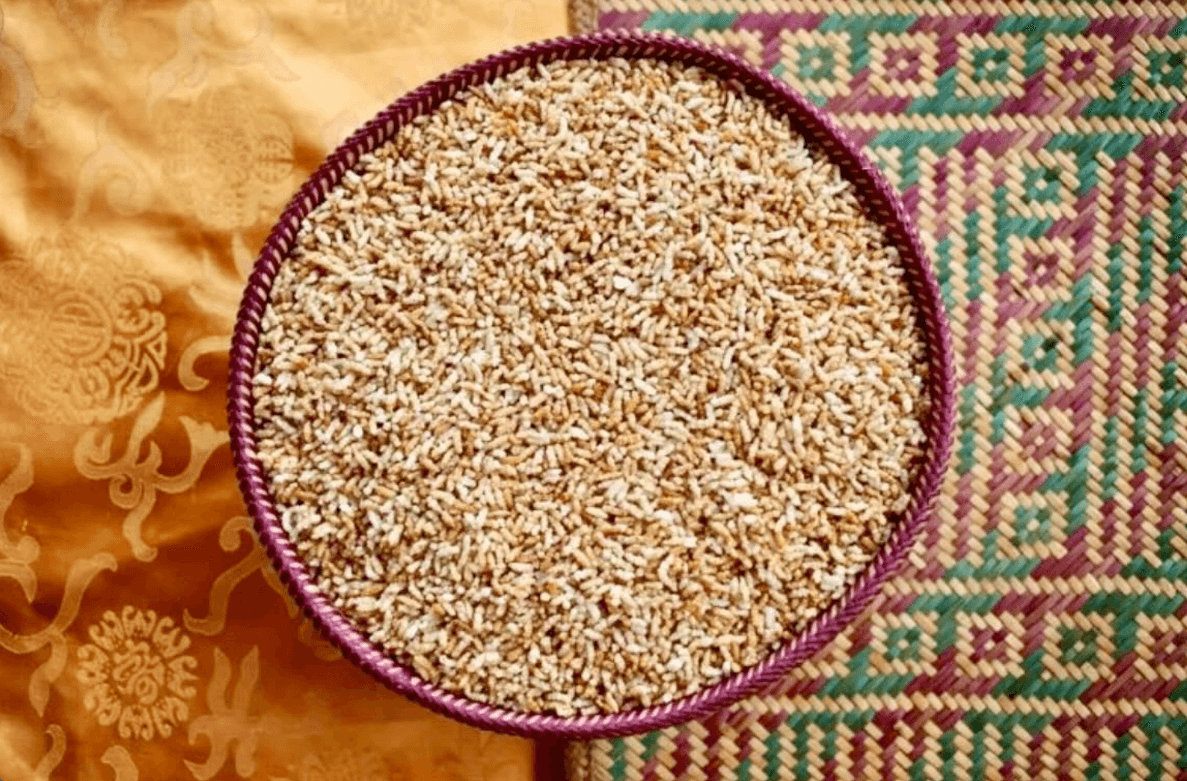
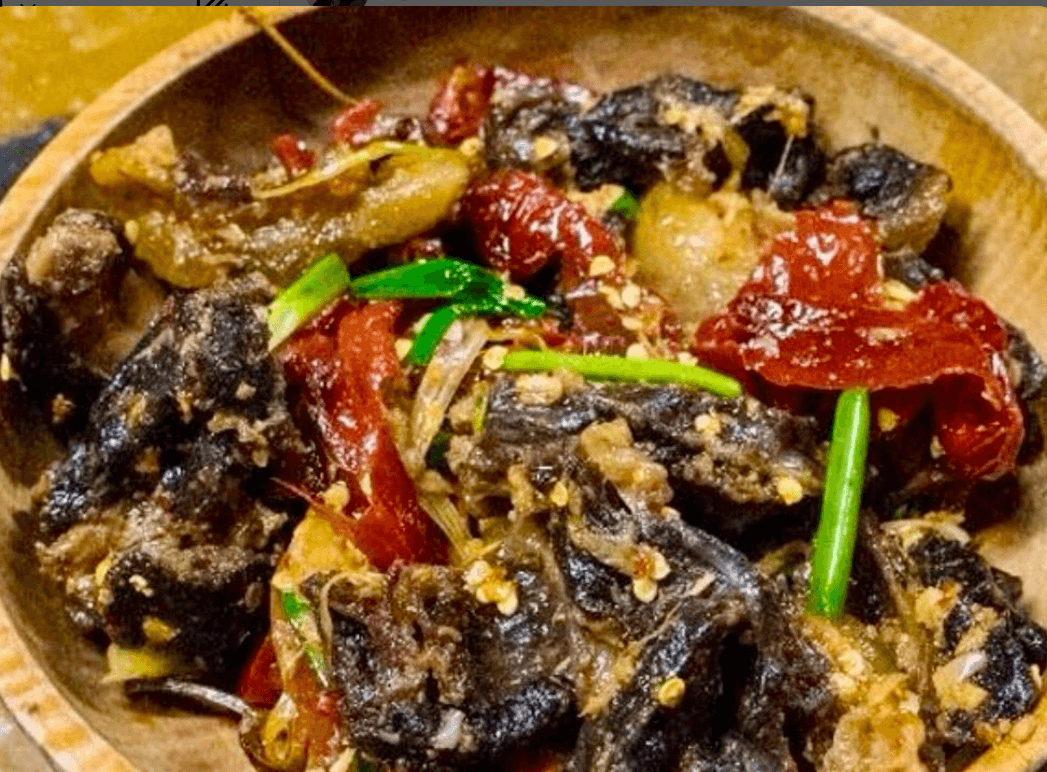
Shakam paa
dry beef
Shakam Paa is a traditional Bhutanese dish made with dried beef (shakam), stir-fried with chilies, garlic, and onions. The beef is air-dried to preserve it, giving it a chewy texture and deep, savory flavor. Often served with Bhutanese red rice, this hearty dish is a staple in Bhutanese cuisine, valued for its simplicity and rich taste.
sikham paa
dry pork
Sikham Paa is a traditional Bhutanese dish made with cured pork belly, stir-fried with chilies, garlic, and local spices. Its rich, smoky flavor and spicy kick make it a favorite, especially when paired with Bhutanese red rice. This hearty dish reflects Bhutan’s culinary traditions of preserving meat and embracing bold, robust flavors.
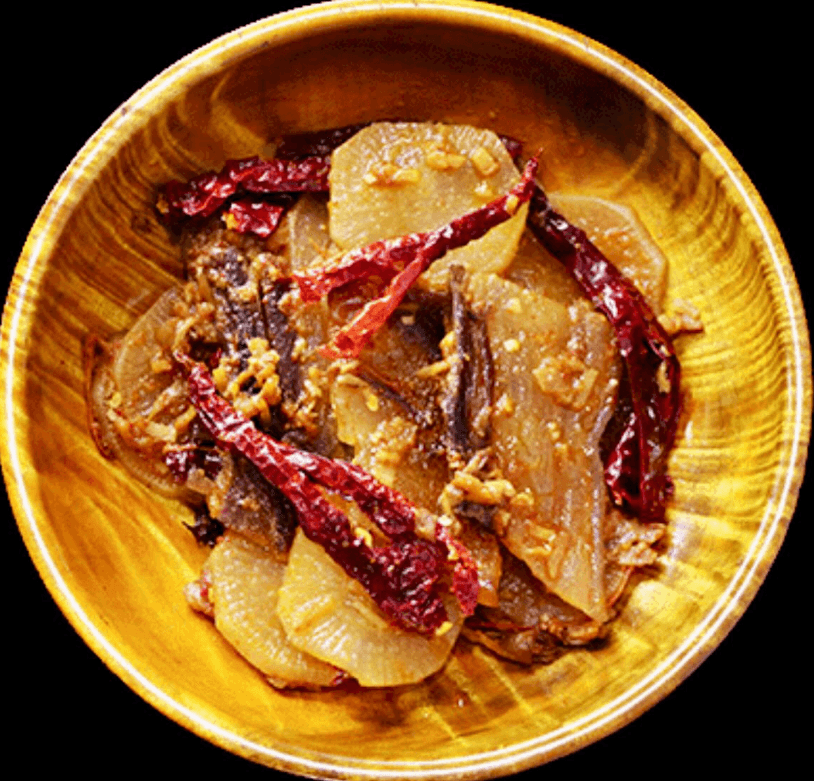
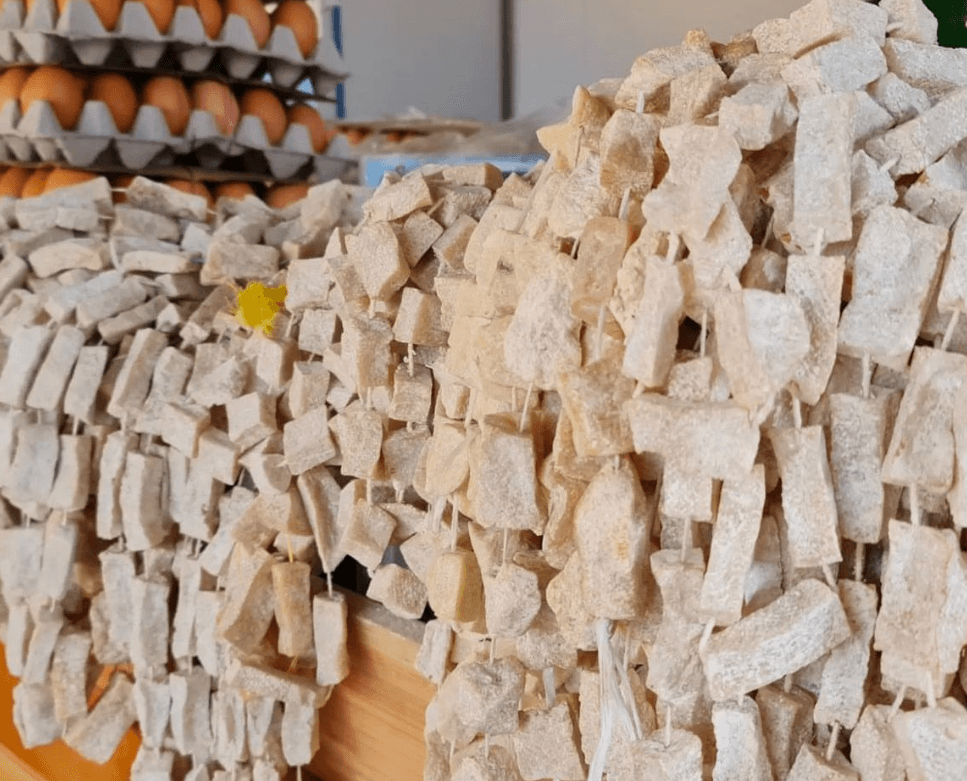
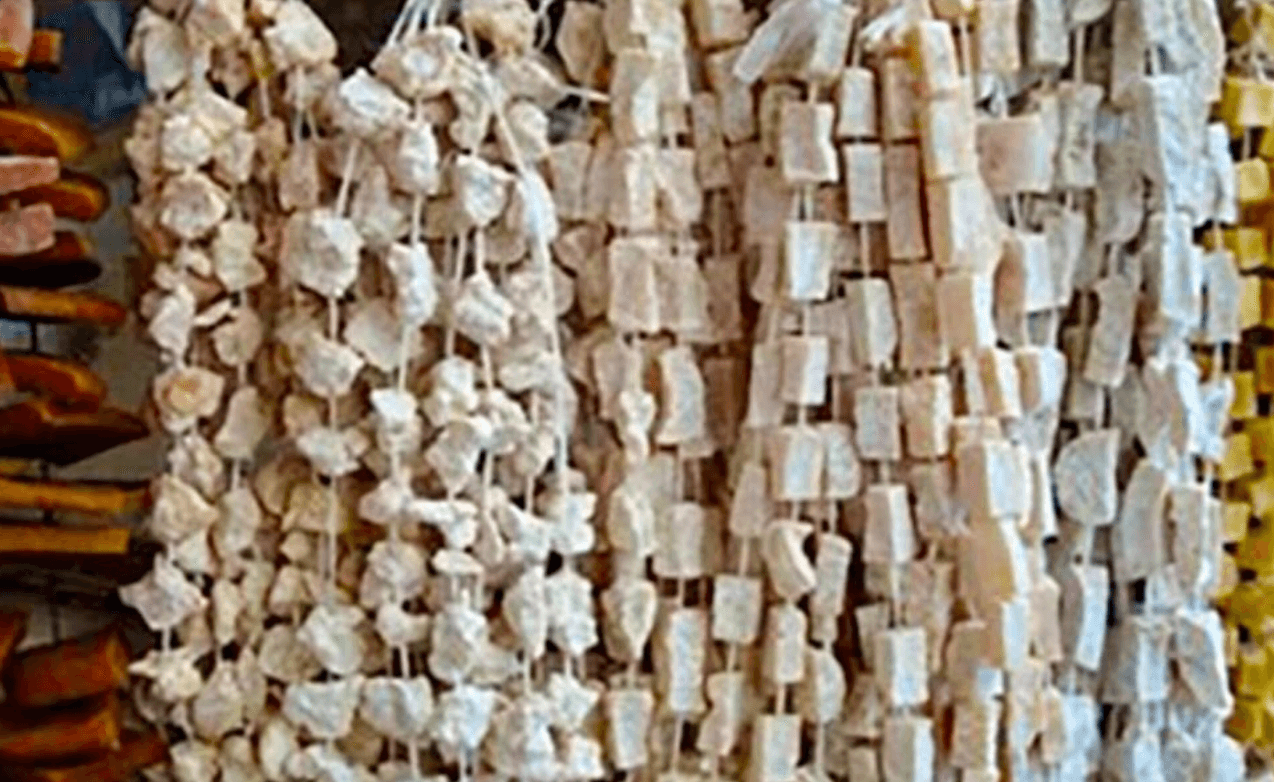
Chugo
Dry cheese
Dry cheese, known as Chugo in Bhutan, is a traditional snack made from cow or yak milk. The milk is boiled, curdled, and the curds are shaped and sun-dried to create a hard, durable cheese. It has a mild, tangy flavor and a dense texture that requires chewing or sucking to soften.
Often enjoyed as a snack, it is also used in iconic dishes like Ema Datshi, where it is melted into a creamy sauce. Dry cheese is an essential part of Bhutanese culture, valued for its long shelf life and unique taste.
